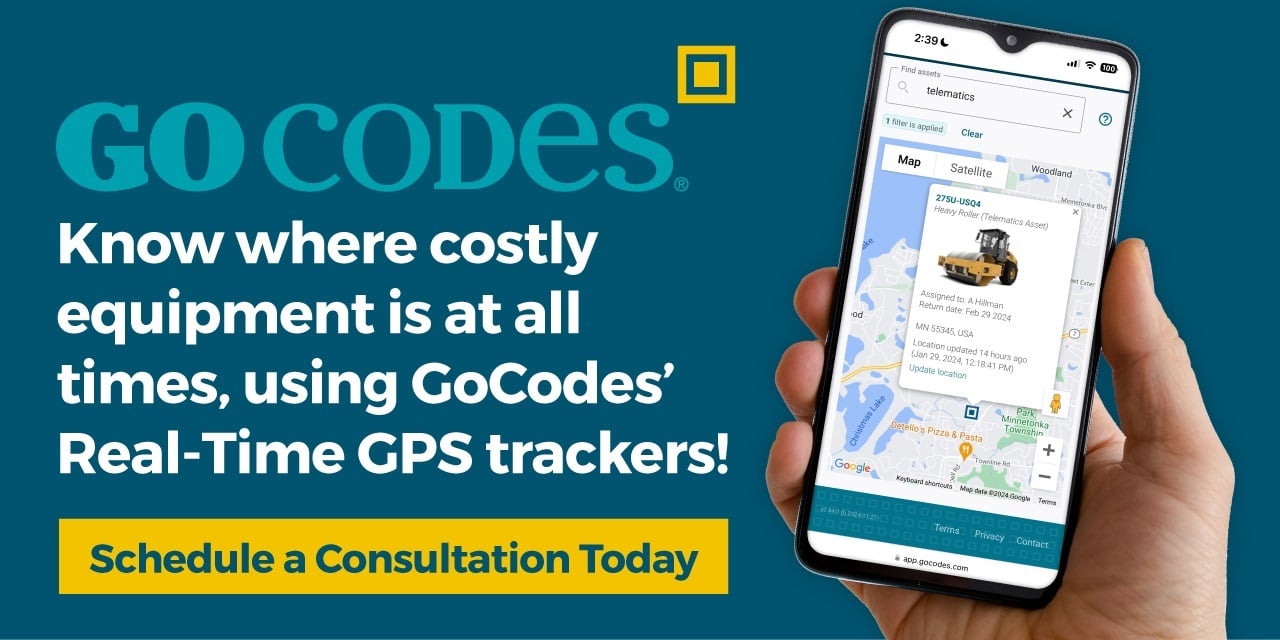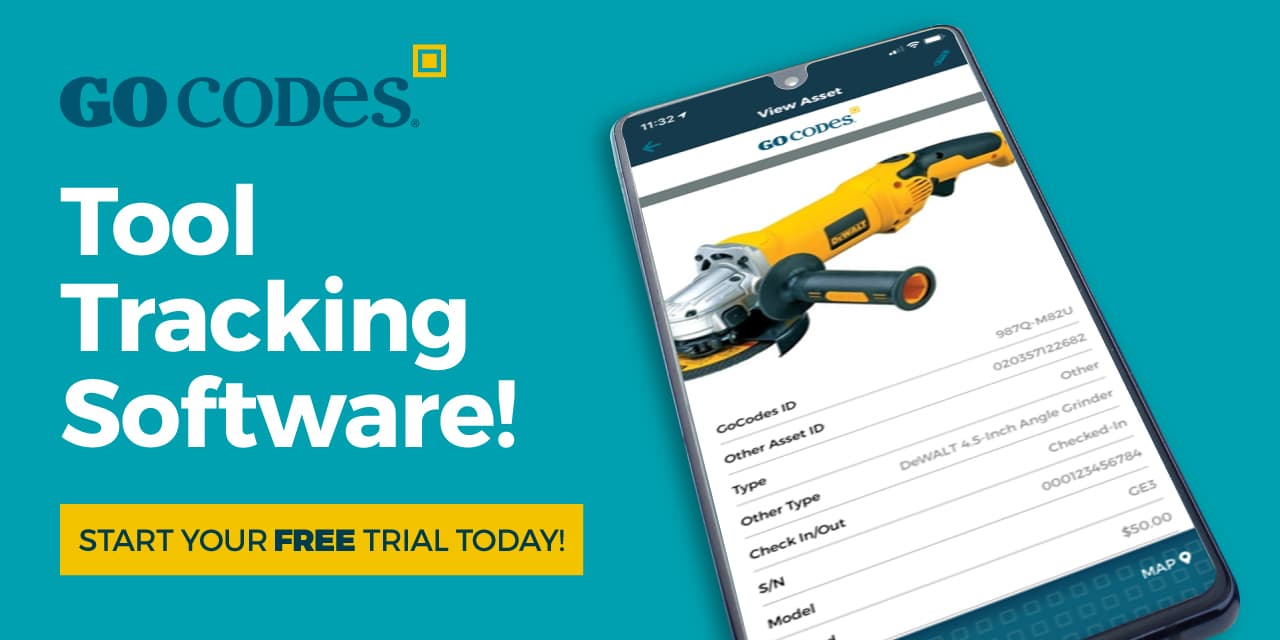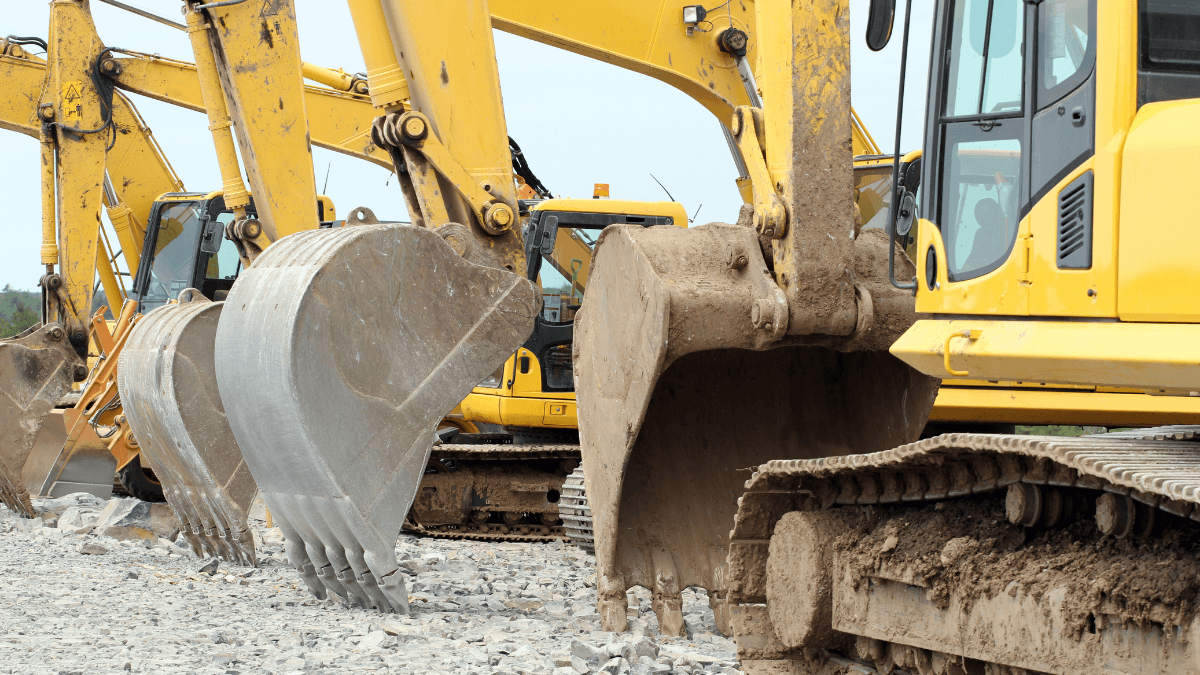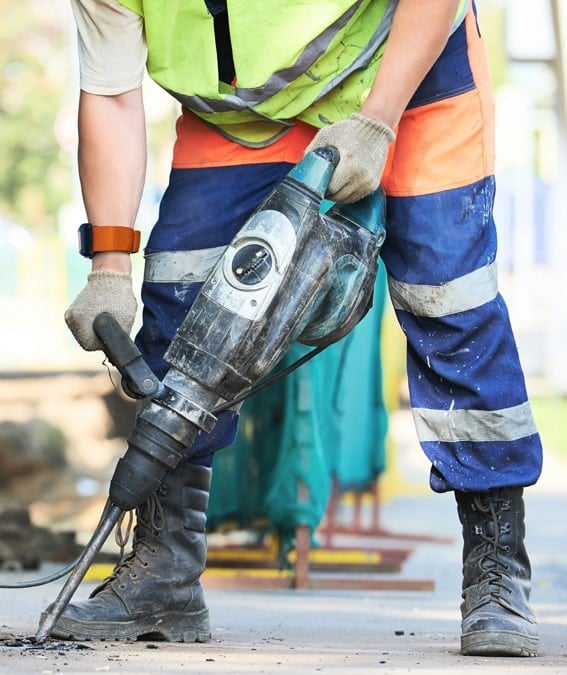Key Takeaways:
- Optimized routes instantly improve fuel efficiency.
- Speeding, low tire pressure, and overloading drive up fuel costs.
- Automated alerts help reduce idling and prevent unauthorized use.
- Companies combat fuel fraud by integrating real-time tracking and fuel cards.
With fuel costs perpetually on the rise, construction companies have to come up with new strategies to reduce expenses and protect their bottom line.
Or do they?
The thing is, a reliable telematics solution and a couple of proven monitoring methods are more than enough to ensure measurable improvements.
Fleet telematics hold the key to greater fuel efficiency, and this article is your blueprint for success.
In this article...
1. Optimizing Routes to Reduce Fuel Use
Fleets that calculate and take optimal routes use up less fuel.
Optimized routing helps improve efficiency by making your vehicles’ movement smarter and shorter, with measurable results.
The core element behind these improvements is GPS tracking, contributing up to a 16% reduction in fuel costs.
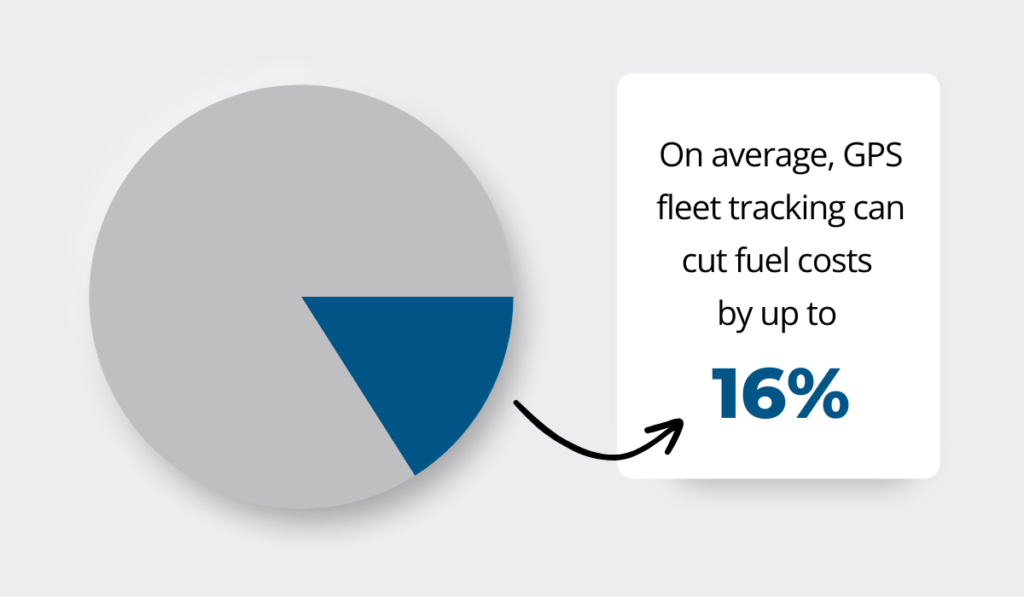
Illustration: GoCodes Asset Tracking / Data: Verizon Connect
The reason why is simple.
Real-time GPS tracking makes it possible to take into account different variables and help drivers pinpoint the best routes while avoiding congested traffic.
Calculating the shortest and most fuel-efficient paths quickly reduces unnecessary fuel use, which remains a primary concern in the face of the latest diesel price spikes.
Paul Lawrence, Managing Director at AddSecure Smart Transport agrees, warning that ignoring optimized routes is a major fuel consumption problem.
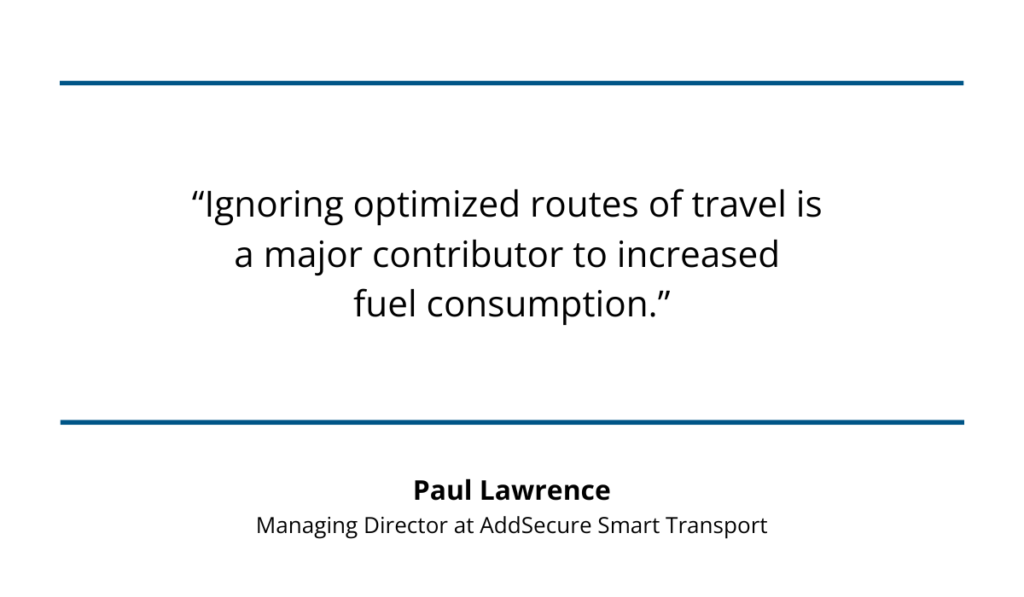
Illustration: GoCodes Asset Tracking / Quote: Fleet News
In other words, poor planning is no longer an option for fleet managers.
However, dynamic route optimization goes well beyond preplanned routes, ensuring efficiency in changing conditions.
Besides considering specific requirements like delivery schedules and time frames, this essential feature helps drivers adapt to unplanned road closures or inclement weather.
Here’s a quick glimpse of how rerouting works in real time.
Source: Kardinal on Youtube
The bottom line is that optimizing routes helps you deal with obstacles as they emerge, which has a long-term effect on both fuel efficiency and improved driver safety.
2. Reducing Idling Time
Cutting down on engine idling time is another major fuel-saving strategy.
Running a vehicle’s engine when the vehicle isn’t in motion seems harmless enough until the costs start piling up, both in immediate fuel purchases and gradual wear and tear.
The construction industry averages for large fleets stands at around 30% idle time, with some sources putting the figure closer to 40%.
According to CAT’s calculations, if a machine idles 40% of the time while operating 2,000 hours per year, the extra fuel cost alone is likely to exceed $2,300 annually.
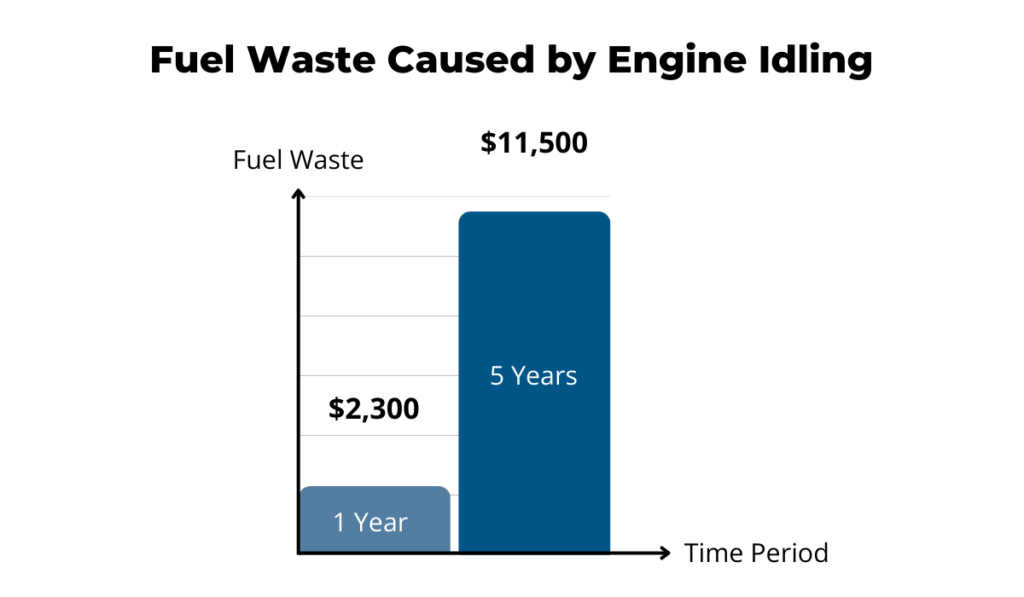
Illustration: GoCodes Asset Tracking / Data: CAT Simulator
Factor in the number of machines, rising maintenance costs, and the fuel price increases since 2021, and the total losses become dire.
However, if you rely on fleet telematics and implement anti-idling policies to minimize fuel waste, you can keep these costs in check.
Telematics systems enable managers to continuously monitor idling data, differentiate between true idling and necessary, operational idling, and set up alerts accordingly.
The video below shows how to set up such alerts in one telematics system:
Source: GPS Tracking on Youtube
Moreover, with actual data from the field, you can modify your company’s idling policy.
Standard idling policies, like the one below, define what constitutes idling, along with key objectives and exceptions.

Source: Wirral Council
However, construction companies can refine these further with deeper insights into jobsite-specific contexts and harmful operator behavior.
There are also some external factors to consider.
Sean Umland, Engineering Manager at Con Edison, notes that idling policies have to be revised periodically, and updated in line with any regulatory changes and new sustainability goals.
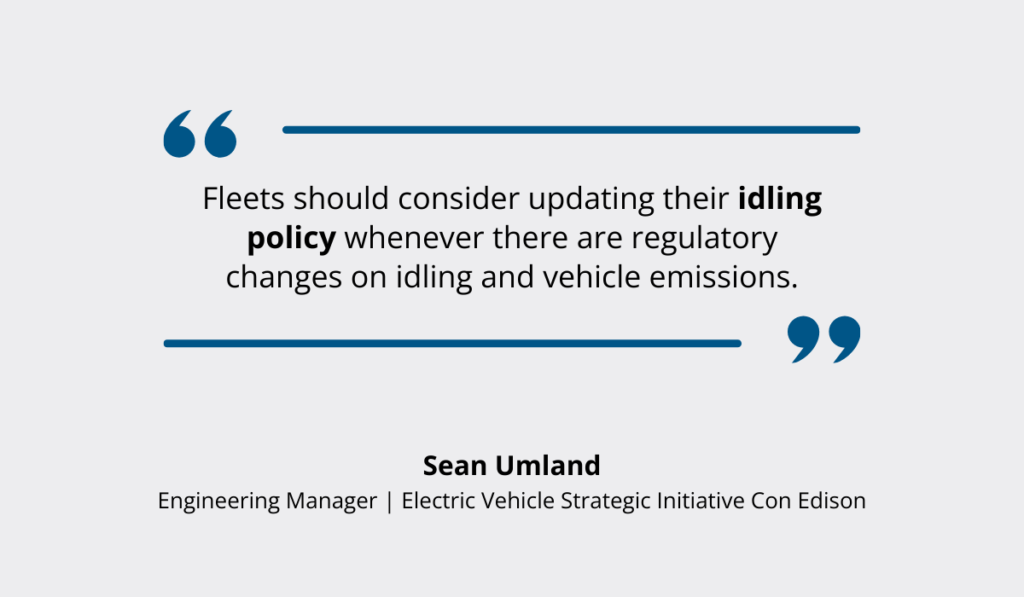
Illustration: GoCodes Asset Tracking / Quote: Utility Fleet Professional
Ultimately, these and other idling cost-saving measures do more than help you put out fires.
They are the foundation for long-term fuel efficiency and company stability.
3. Monitoring and Improving Driver Behavior
Monitoring and addressing driver behavior go a long way in reducing fleet fuel costs.
While engine idling is a well-known fuel-wasting issue, it’s not the only one.
Driving behaviors such as speeding, harsh acceleration, and aggressive braking also impact fuel consumption.
Why does this matter?
Many assume that driving at higher speeds helps complete jobs faster, reducing total engine running time and, in turn, fuel consumption.
However, rapid acceleration and frequent braking reduce fuel efficiency more than total driving time.
On the other hand, even a slight reduction in speed can lower fuel consumption, as Liam James from Novuna Vehicle Solutions explains:
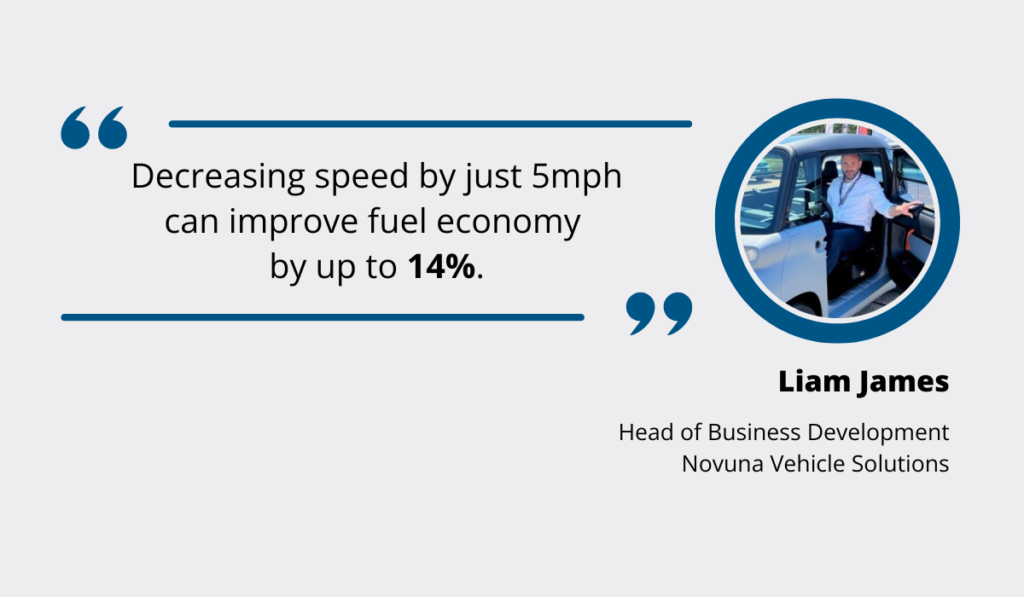
Illustration: GoCodes Asset Tracking / Quote: Fleet News
But how can you ensure drivers follow fuel-efficient habits?
Telematics systems enable fleet managers to keep a close eye on speeding events, from activating instant speeding alerts to identifying trends on the level of the whole fleet.
Here’s a sample of a comprehensive speeding report using our GoCodes Asset Tracking solution.
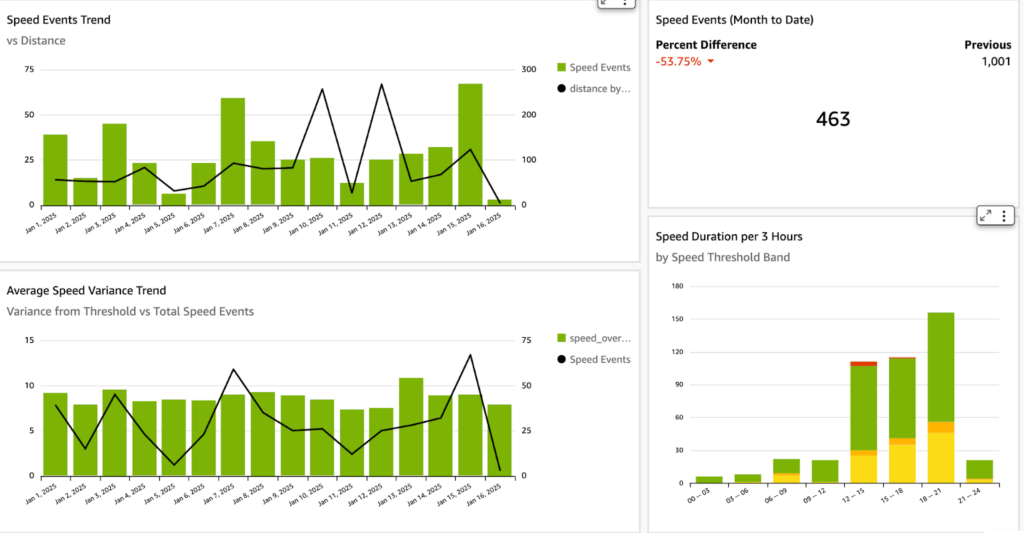
Source: GoCodes Asset Tracking
Having a detailed breakdown of these events creates a strong foundation for improving driver performance and, with it, fuel efficiency.
Driver scorecards take this a step further by assigning performance scores based on specific driving behaviors.
These scores highlight which drivers excel and who may need additional coaching, allowing managers to set clear benchmarks for company-wide improvements.
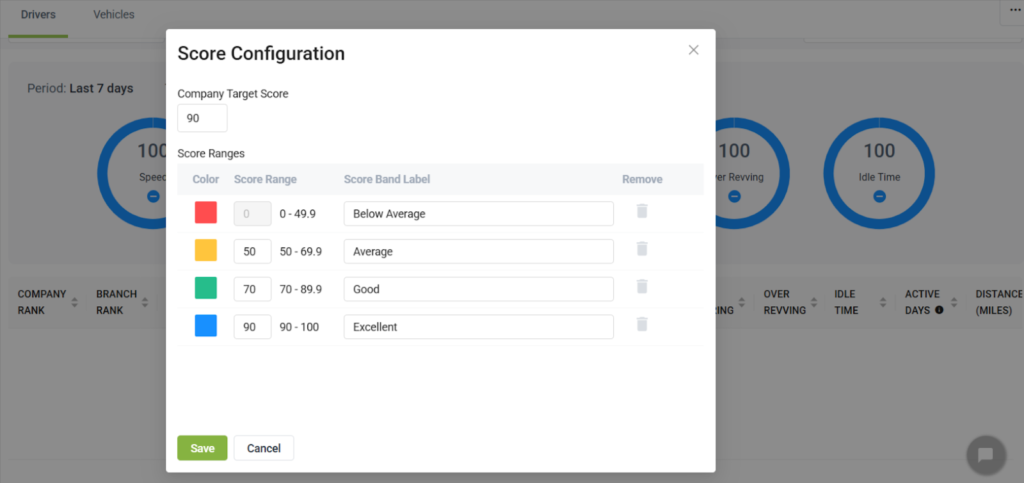
Source: GoCodes Asset Tracking
You can address these results in safety meetings to discuss common areas for improvement and use them to develop more effective training programs.
With all these measures in place, an increase in fuel efficiency is just a matter of time.
4. Preventing Unauthorized Vehicle Use
If undetected, unauthorized vehicle use can quickly drive up fuel costs.
Naturally, even the shortest unauthorized detour leads to fuel waste.
Fortunately, fleet telematics solutions can help you prevent the misuse of costly resources by keeping tabs on every trip from beginning to end.
GPS technology, for instance, enables real-time tracking of vehicle locations and routes, allowing fleet managers to instantly flag any unjustified stops or route deviations that may suggest misuse.
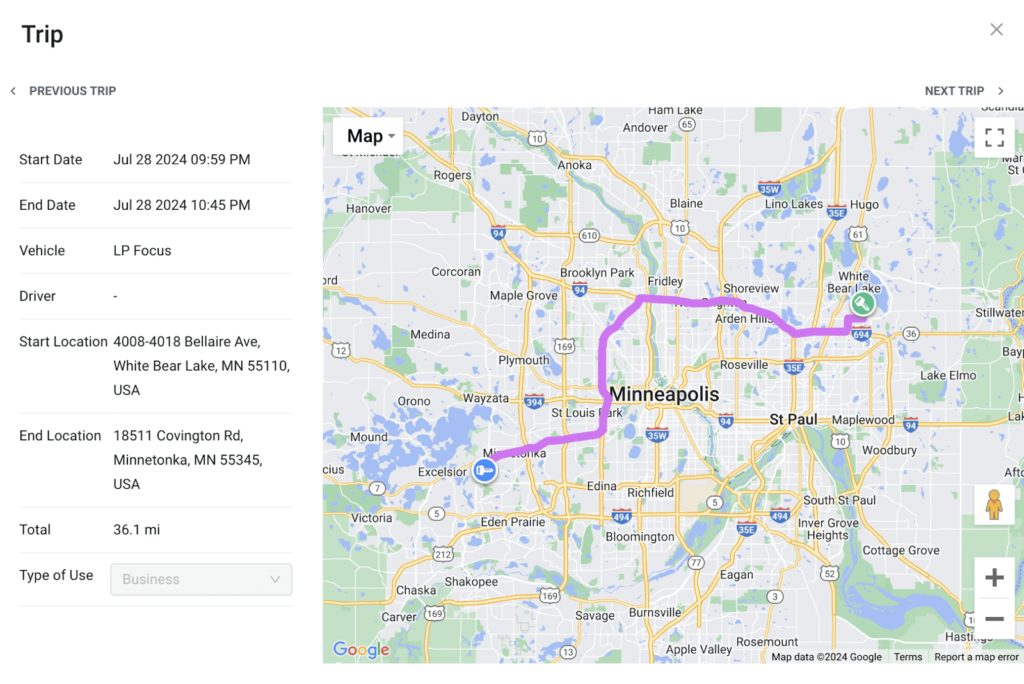
Source: GoCodes Asset Tracking
When it comes to tracking larger fleets, the only way to ensure everyone sticks to authorized routes and operational schedules is by making the most of instant alerts.
Features like geofencing are particularly useful for preventing unauthorized movement since relevant personnel are automatically notified of any perimeter breach.
All you have to do is draw a geofence around the area of interest and define which events will cause the alert.

Source: GoCodes Asset Tracking
Remember: alerts can go off regardless if the asset crossed the geofence boundary or not.
For instance, adding “ignition on” and “overtime alerts” helps prevent fuel drain caused by unauthorized overtime.
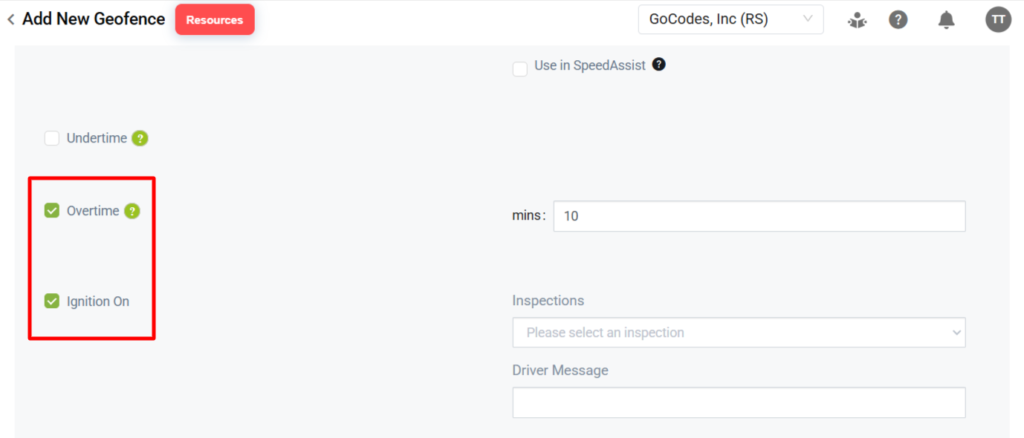
Source: GoCodes Asset Tracking
All in all, highly customizable alerts, like those available with geofencing, make it easier to prevent unauthorized vehicle use, and consequently, reduce fuel costs.
5. Vehicle Health Monitoring
Keeping your assets in peak condition through continuous monitoring and scheduled service alerts impacts different areas of your construction business, including fuel efficiency.
Telematics systems are equipped with automatic diagnostics features to help you detect inefficient engine performance, fuel system problems, or tire pressure issues.
Tires typically receive the least attention of the three.
However, reports indicate that shouldn’t be the case since they account for 20 to 30% of a vehicle’s fuel consumption.
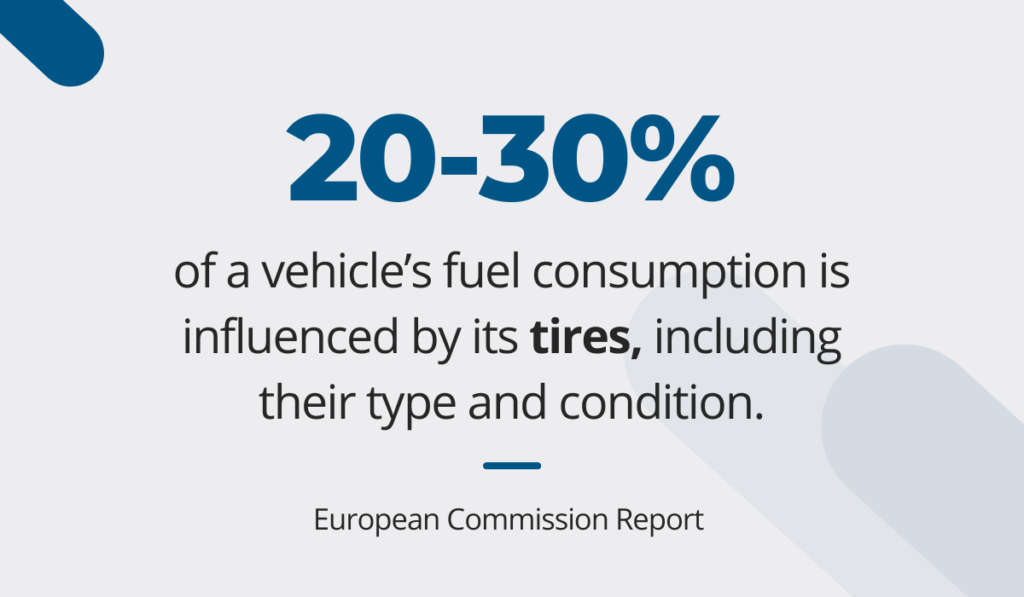
Illustration: GoCodes Asset Tracking / Source: European Commission
Many businesses consider fuel efficiency when making the initial purchase, but do little afterwards besides basic tire upkeep—and this is where mistakes happen.
Did you know that tire pressure slowly erodes your fuel efficiency?
It turns out that even slightly underinflated tires increase fuel consumption by up to 4 %.
Jack Kazmierski, an automotive journalist, notes that neglecting regular checks makes these inefficiencies even worse.
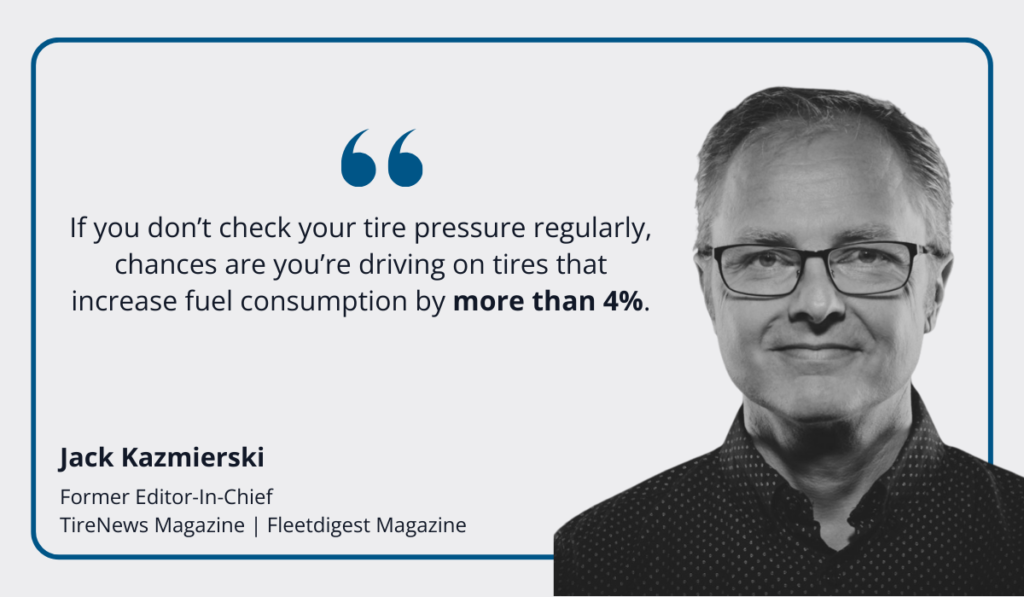
Illustration: GoCodes Asset Tracking / Quote: Jack Talks Tires on Youtube
The thing is, a small passenger vehicle owner will probably remember an occasional tire pressure check, but what about companies that operate hundreds of vehicles?
For them, the only surefire method for improving fuel economy is by implementing a fleet management solution or a dedicated tire pressure monitoring system (TPMS).
Take a look at a single tab on the Idem Telematics dashboard below.
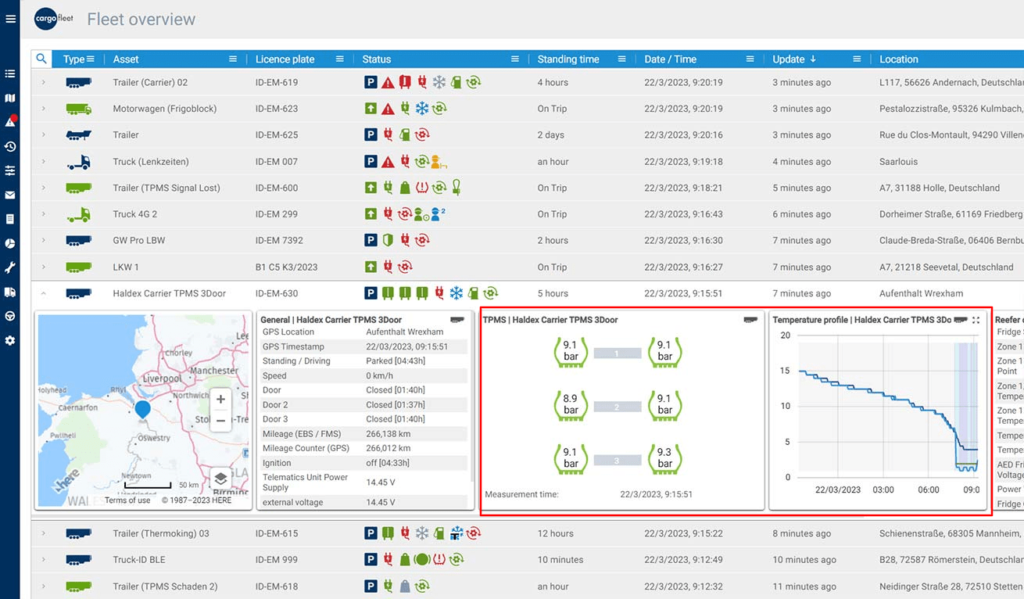
Source: Idem Telematics
With telematics, continuous monitoring becomes effortless as all relevant data is centralized in one place.
This makes it easier to identify and address issues that drive up fuel costs and shorten vehicle lifespan, ultimately keeping your fleet running efficiently.
6. Optimizing Load Management
Fuel is one of the most important resources affected by load management.
When a truck operates at or near its maximum capacity, the engine has to burn more fuel to move the added weight.
In other words, the heavier the vehicle, the more fuel it needs to keep moving under the added strain.
A recent study illustrates just how much this affects fuel consumption and costs.
For medium and heavy-duty construction vehicles—like dump trucks, concrete mixers, and utility vehicles—fuel consumption increases as weight does.
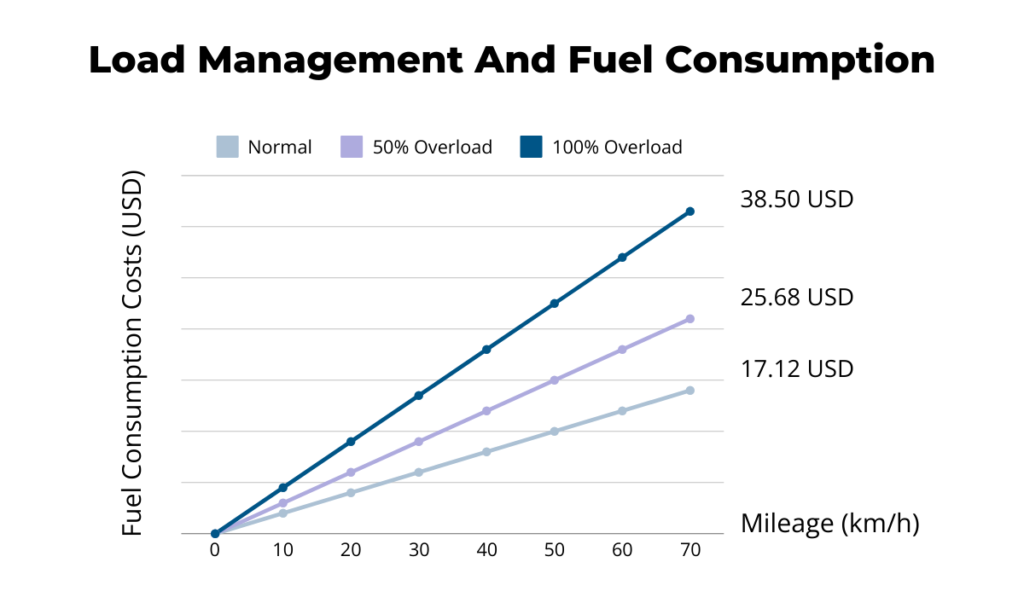
Illustration: GoCodes Asset Tracking / Data: IJETER
The data shows that a 50% overload can raise fuel costs by about 50% over the same distance.
Fortunately, real-time monitoring can help prevent both underloading and overloading, ensuring optimal resource efficiency.
However, monitoring total load is challenging with multiple stops and weight changes, which is why many systems include features designed for greater precision.
Take Atlas’ telematics dashboard, for example—it allows you to track axle load in real-time, helping prevent overload at any point during the trip.
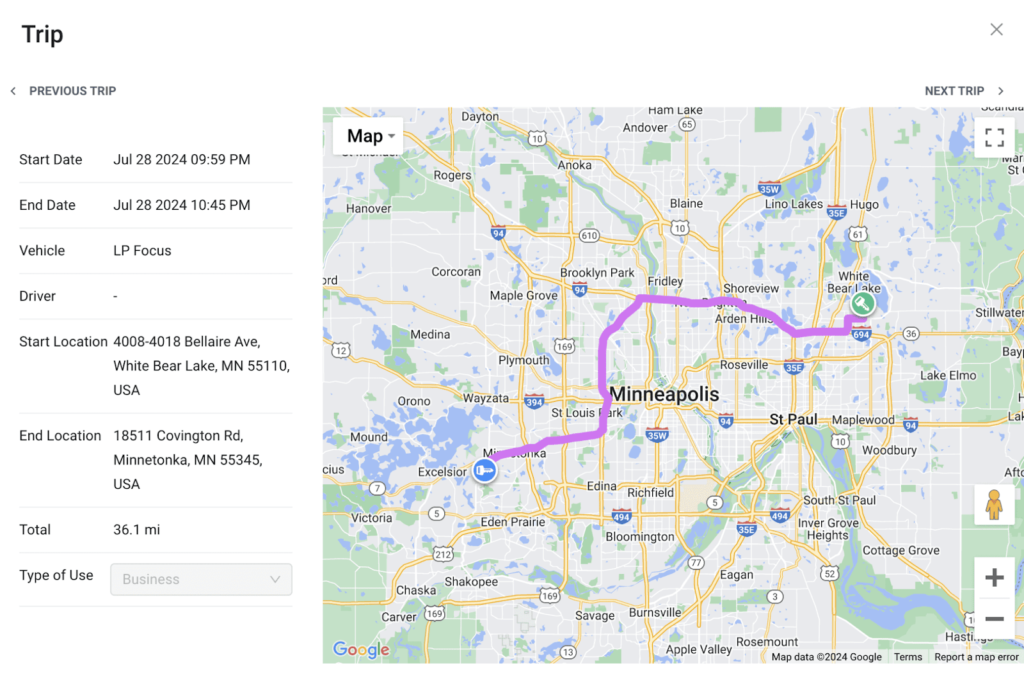
Source: Atlas TPMS
Keep in mind that axle load monitoring is more oriented toward ensuring compliance, as it helps companies avoid fines and prevent excessive wear on vehicles.
In general, real-time alerts are usually more than enough to mitigate fuel consumption concerns and maintain efficiency.
Here’s an example of Uffizio’s overload alert.

Source: Uffizio
These active weight alerts help fleet operators take immediate action and prevent further fuel waste, fines, or even breakdowns.
In the end, optimizing load management doesn’t have to be complex—even standard features and simple strategies can lead to significant long-term savings.
7. Consumption Tracking for Fraud Prevention
Businesses track fuel consumption for several reasons, with fuel fraud being one major concern.
At first glance, these cases might seem uncommon.
After all, the International Fuel Tax Agreement (IFTA) requires companies operating heavy-duty trucks across U.S. states (except Alaska and Hawaii) and Canadian provinces to maintain detailed fuel records.
With these safeguards, you’d expect fraud to be rare, but this couldn’t be further from the truth.
Longtime fleet management consultant Mike Vorster explains that many construction companies lack visibility into the fuel consumption of individual machines.

Illustration: GoCodes Asset Tracking / Quote: Equipment World
Even worse, many companies fail to monitor fuel use at all, which makes it much easier for discrepancies to go unnoticed.
The good news is that you can swiftly turn things around with telematics.
Robust reporting capabilities are a key feature of these systems, putting essential fuel use information at your fingertips with a simple monthly report, like the one below.

Source: GoCodes Asset Tracking
This way, you can quickly identify anything out of the ordinary, and come to the root of the problem.
Fuel cards offer another layer of control over company vehicle expenses.
By assigning a dedicated fuel card to each vehicle, it becomes much easier to monitor individual purchases.
Many fuel cards have built-in controls that allow you to set reasonable transaction limits and place other restrictions to prevent unauthorized usage.
And if you still suspect foul play, a detailed report, such as the one below, can reveal any discrepancies.
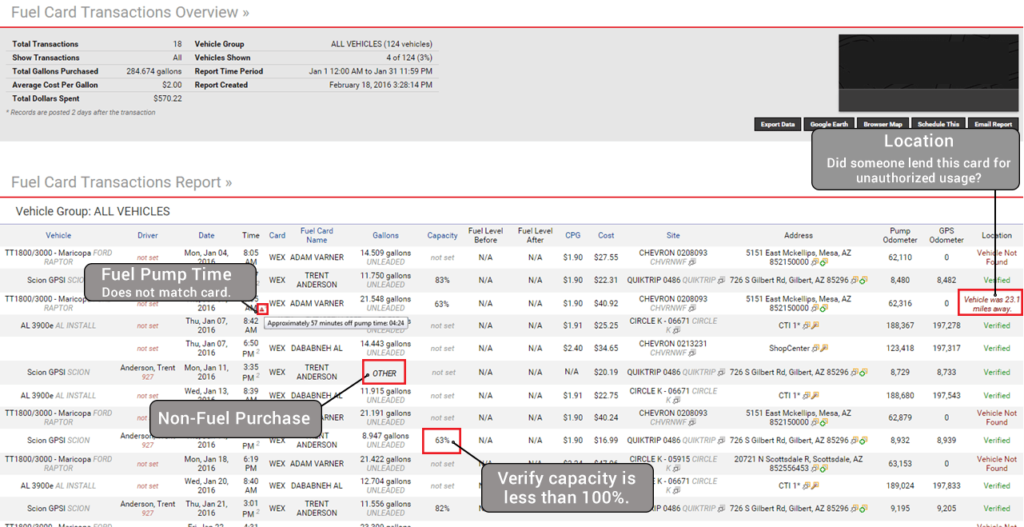
Source: Wex Telematics
Naturally, integrating fuel cards with your telematics systems is crucial for accurately comparing fuel purchases with actual consumption.
All in all, the ability to spot fuel consumption inaccuracies or potential theft is invaluable.
It helps reduce operational inefficiencies, addresses employee behavior, and lays the foundation for better overall cost management.
Conclusion
With the right telematics tools and smart monitoring practices, cutting fuel costs is more than possible.
By tracking engine idling, optimizing vehicle speed, load, and routes, as well as leveraging real-time alerts, construction companies can quickly transform waste into savings.
Every small adjustment adds up—so why wait?
Put these strategies to work today and you’ll reap the benefits of smarter fuel management in no time!



